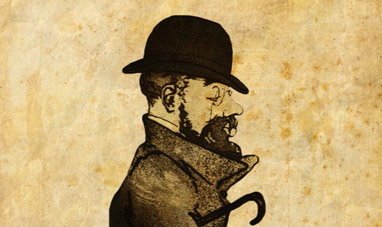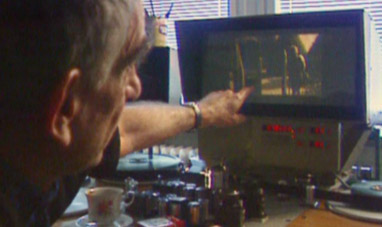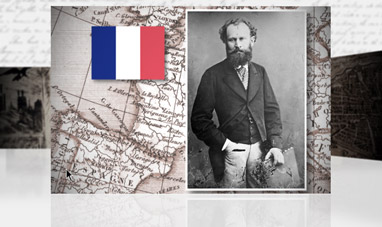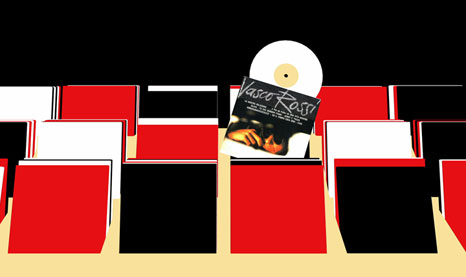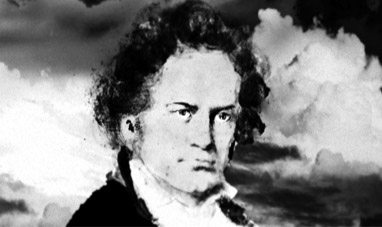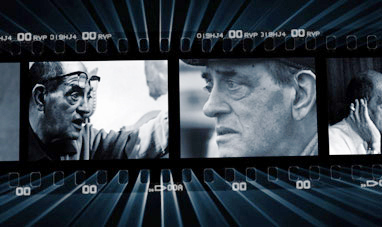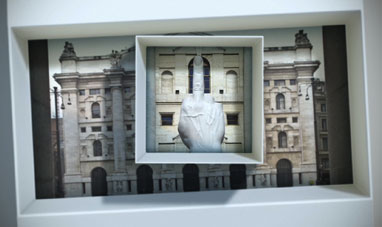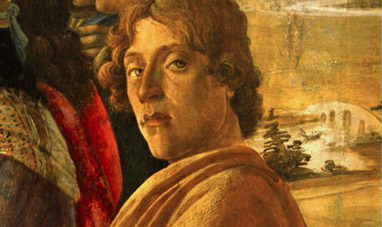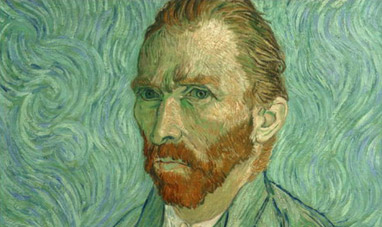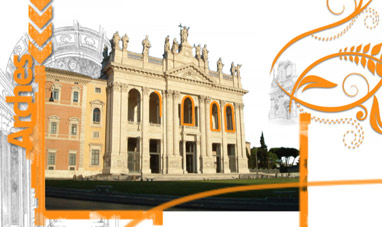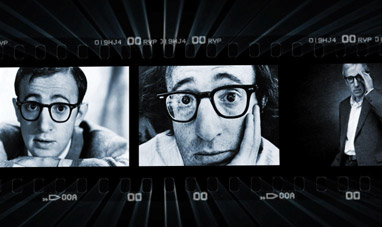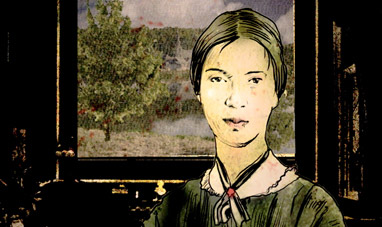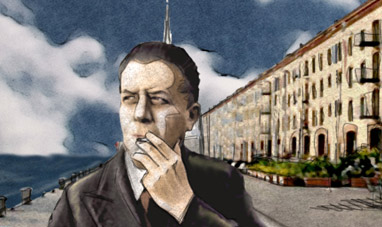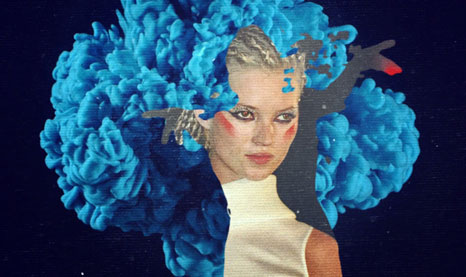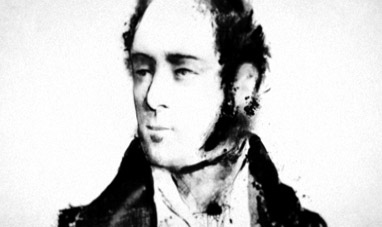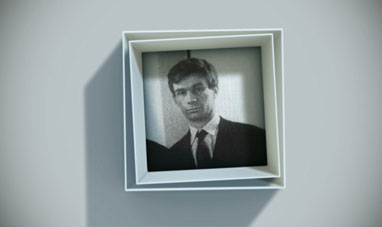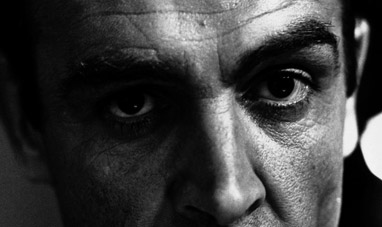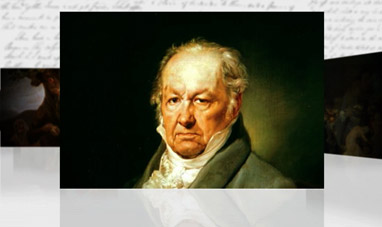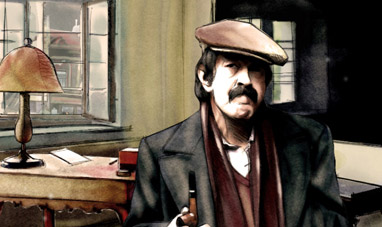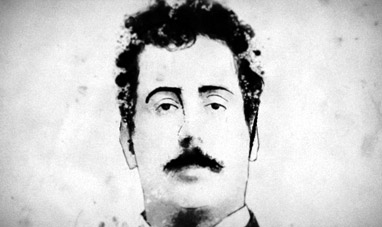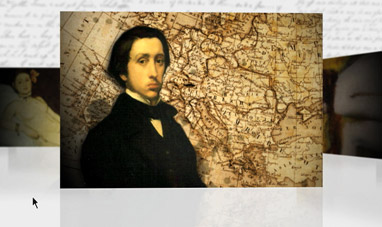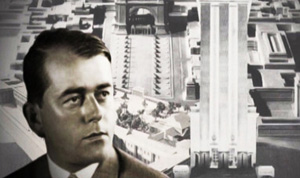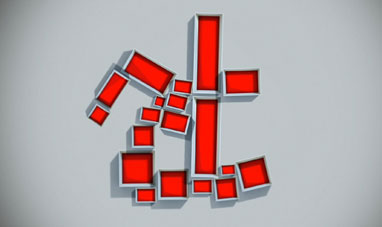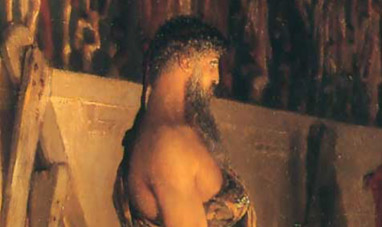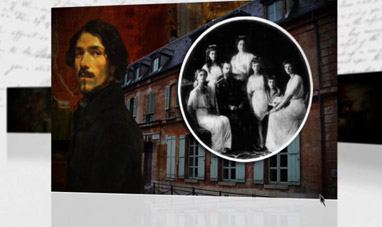Architect Gio Ponti was born in Milan, Italy on November 18th, 1891. An eclectic talent, Ponti worked on buildings and interior design objects , magazines, ceramics, textiles , exhibitions and theater productions from the 1920’s to the 1970’s. The 1900’s gave birth to the avant-garde, an artistic, literary and cultural movement that broke with tradition. Even the world of architecture was influenced by this movement. While Gio Ponti was certainly aware of this movement and was curious about any new ideas, he didn’t strictly adhere to the movement . His work was a journey into the ideas that informed these new sensibilities, but was free from the rules that governed these movements. This is also why his projects are recognized for his distinctive lightness in tone.
As a soldier in Veneto during the first World War, Ponti admired the Palladian villas, which naturally led him to pursue architecture. He graduated from the Polytechnic School of Milan in 1921. Italy 's first post-war architecture and art sought a new language to express itself. A bridge between the old and new emerged as artists began utilizing the classic elements of tradition in a modern way . An example of this would be the Via Domenichino building in Milan, where the architectural structure of a traditional villa is used to design new types of collective housing. In 1923 , at the age of 32 , Gio Ponti became the artistic director of the Richard Ginori Ceramic Manufacturing company and revitalized the entire production line.
His debut as a designer was in 1925. Ponto designed a house on Via Randaccio in Milan. Milan offered Ponti this important job and allowed him to redefine the interior of the bourgeois home. Great care was taken in designing the space and furnishings, carefully creating harmony between the rooms , furniture and objects. In January 1928 he founded the prestigious magazine of architecture and design " Domus". In 1933 Ponti designed the Lictorian Tower of the Parco Sempione for the V Triennale. The design of this project became its own architecture: thin and transparent , and built with tubular steel . According to religious tradition , the building could not be taller than the Madonna del Duomo in Milan.
1933 was a busy year for Ponti. He became artistic director of the Fontana Arte furniture and lighting company, where he designed tables, mirrors and lamps that are still in production. From 1946 to 1950 he designed a collection of bottles for the Venini glassworks. These were years of long trips spent abroad that suggested new ideas. He enthusistically keeps a diary called "Do you love architecture," draws the famous Superleggera chair designed in 1956 and designs his most famous work, the Pirelli Tower in Milan. One of the highest reinforced concrete buildings in the world at 127 meters . A constant theme in Ponti’s work is the synthesis of light and transparency. The theme repeats itself in 1964 with the construction of the cathedral of Taranto : the facade with a hole at the top through which one can see the sky. Gio Ponti died in Milan on September 16th, 1979, at the age of 88. This Milanese architect was responsible for the famous “Made in Italy” trademark that was popular throughout the world during the second world war.
As a soldier in Veneto during the first World War, Ponti admired the Palladian villas, which naturally led him to pursue architecture. He graduated from the Polytechnic School of Milan in 1921. Italy 's first post-war architecture and art sought a new language to express itself. A bridge between the old and new emerged as artists began utilizing the classic elements of tradition in a modern way . An example of this would be the Via Domenichino building in Milan, where the architectural structure of a traditional villa is used to design new types of collective housing. In 1923 , at the age of 32 , Gio Ponti became the artistic director of the Richard Ginori Ceramic Manufacturing company and revitalized the entire production line.
His debut as a designer was in 1925. Ponto designed a house on Via Randaccio in Milan. Milan offered Ponti this important job and allowed him to redefine the interior of the bourgeois home. Great care was taken in designing the space and furnishings, carefully creating harmony between the rooms , furniture and objects. In January 1928 he founded the prestigious magazine of architecture and design " Domus". In 1933 Ponti designed the Lictorian Tower of the Parco Sempione for the V Triennale. The design of this project became its own architecture: thin and transparent , and built with tubular steel . According to religious tradition , the building could not be taller than the Madonna del Duomo in Milan.
1933 was a busy year for Ponti. He became artistic director of the Fontana Arte furniture and lighting company, where he designed tables, mirrors and lamps that are still in production. From 1946 to 1950 he designed a collection of bottles for the Venini glassworks. These were years of long trips spent abroad that suggested new ideas. He enthusistically keeps a diary called "Do you love architecture," draws the famous Superleggera chair designed in 1956 and designs his most famous work, the Pirelli Tower in Milan. One of the highest reinforced concrete buildings in the world at 127 meters . A constant theme in Ponti’s work is the synthesis of light and transparency. The theme repeats itself in 1964 with the construction of the cathedral of Taranto : the facade with a hole at the top through which one can see the sky. Gio Ponti died in Milan on September 16th, 1979, at the age of 88. This Milanese architect was responsible for the famous “Made in Italy” trademark that was popular throughout the world during the second world war.

